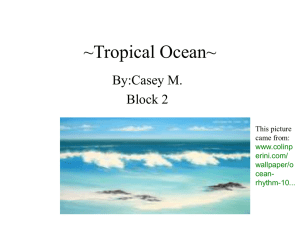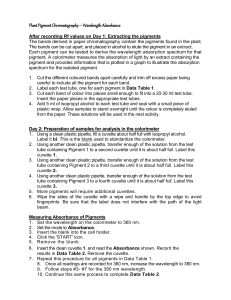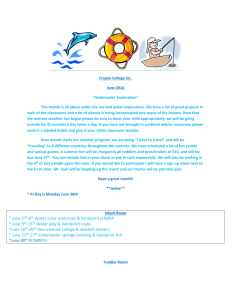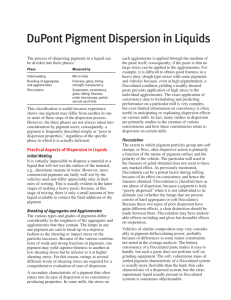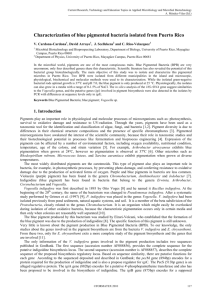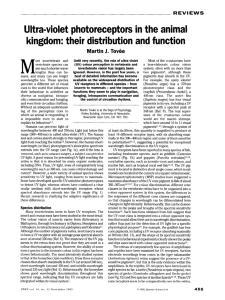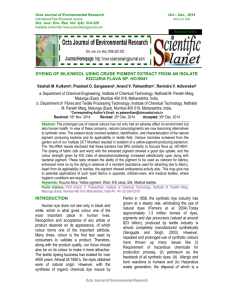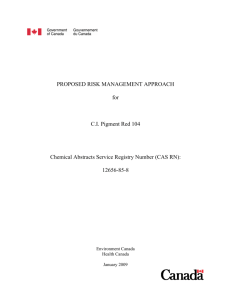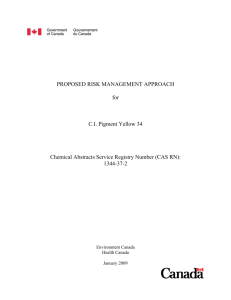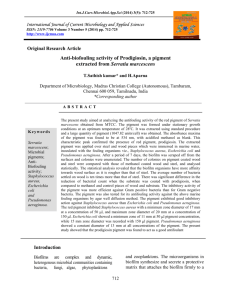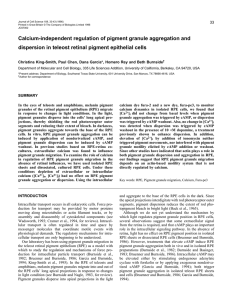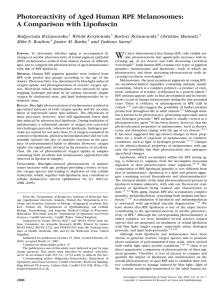Light in the Ocean
advertisement
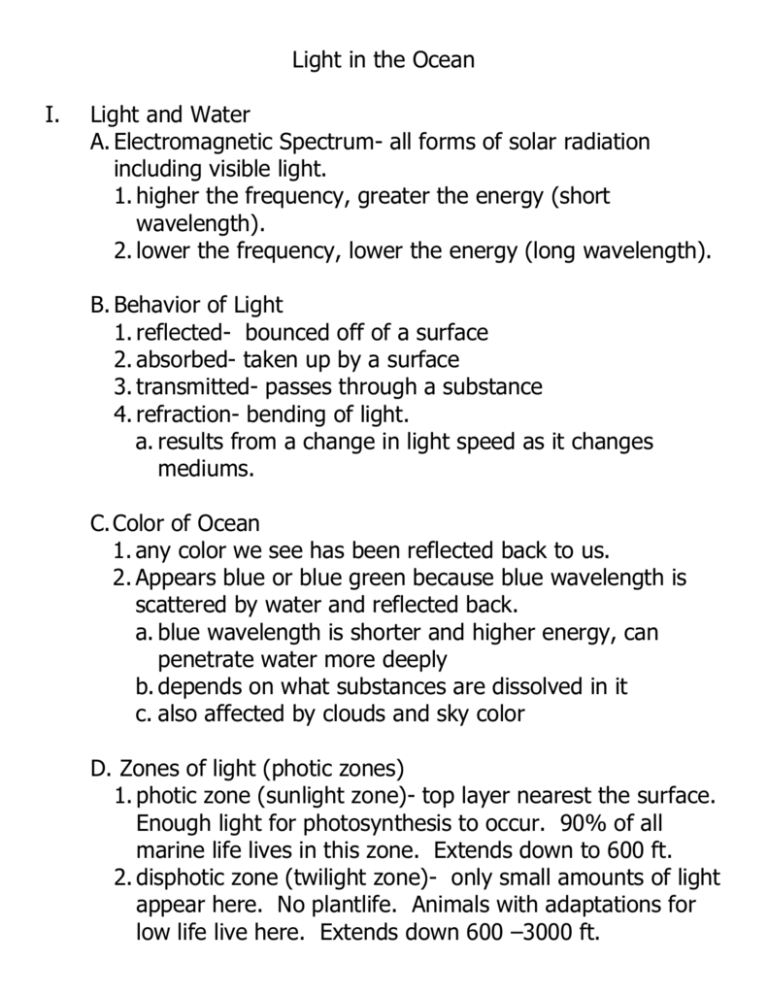
Light in the Ocean I. Light and Water A. Electromagnetic Spectrum- all forms of solar radiation including visible light. 1. higher the frequency, greater the energy (short wavelength). 2. lower the frequency, lower the energy (long wavelength). B. Behavior of Light 1. reflected- bounced off of a surface 2. absorbed- taken up by a surface 3. transmitted- passes through a substance 4. refraction- bending of light. a. results from a change in light speed as it changes mediums. C. Color of Ocean 1. any color we see has been reflected back to us. 2. Appears blue or blue green because blue wavelength is scattered by water and reflected back. a. blue wavelength is shorter and higher energy, can penetrate water more deeply b. depends on what substances are dissolved in it c. also affected by clouds and sky color D. Zones of light (photic zones) 1. photic zone (sunlight zone)- top layer nearest the surface. Enough light for photosynthesis to occur. 90% of all marine life lives in this zone. Extends down to 600 ft. 2. disphotic zone (twilight zone)- only small amounts of light appear here. No plantlife. Animals with adaptations for low life live here. Extends down 600 –3000 ft. 3. aphotic zone (midnight zone)- 90% of the ocean is in this zone. Extreme pressure and temperatures near freezing. Animals that live in this zone live near cracks in the Earth’s crust. Bacteria feed off of the hydrogen sulfide that is released from the cracks, and the fish that live at these depths feed on those bacteria. E. Light and life in the Sea- basis of photosynthesis leads to plankton which is the base for most of the food webs in the ocean 1. Vertical migration a. factors that affect are depth, clarity, seasons and time of day. b. Organisms can move up and down in the water column during the day 1. move deeper during the day to help avoid predation. 2. Move to surface at night to find food F. Bioluminescence- ability of an organism to produce its own light 1. reaction for light: Luciferin + Luciferase (enzyme) = light 2. Examples: a. dinoflagellates produce light b. fish and shrimp have photophores (patches of bioluminescent tissue) 1. serves as camouflage 2. attracts prey 3. attracts mates 4. defend territories c. flashlight fish – have under eye compartments containing light emitting bacteria. Turn off and on by raising/lowering lid. Used for communication and seeing in the dark. G. Color in ocean organisms 1. Due to pigment in cells of the skin a. chromatophores- pigment containing cells b. melanin- most common pigment 1. when branched pigment is dispersed throughout the cell and it appears darker 2. when contracted granules are in the center and appear lighter. 3. Flounder- group of cells change its appearance by branching or contracting. Serves as camouflage. 4. Also seen in octopus and some crustaceans. H. Fixed color patterns 1. Countershading- top dark, bottom light. When looking up from depths, a creature will see the underside which is light like the sky. When looking down creature will see dark that blends with the deep water. 2. Silvery color- pigment cells have granules that reflect light like mirrors. 3. Color contrast- strong patterns of color that cause fish to stand out. a. enables fish to find mate b. defend it territory c. alert predators that they are poisonous


